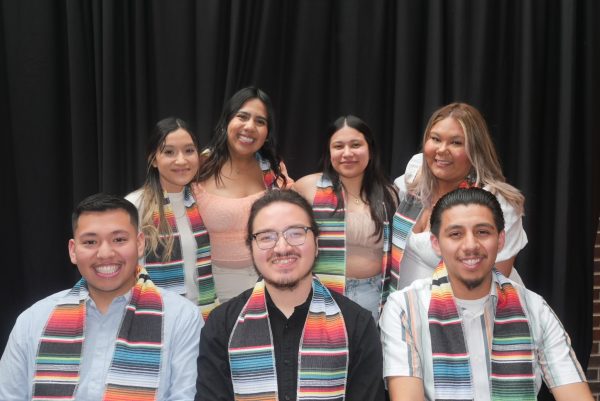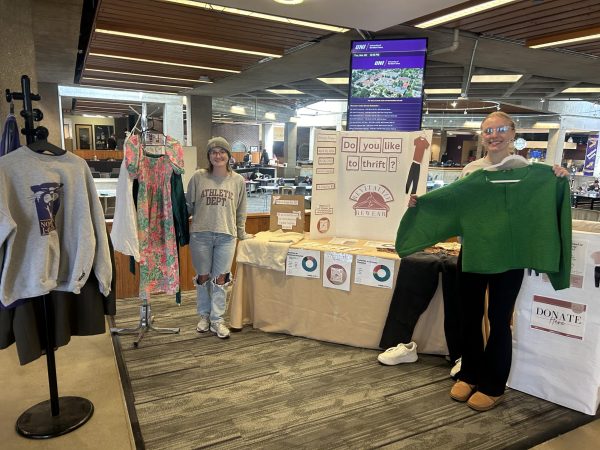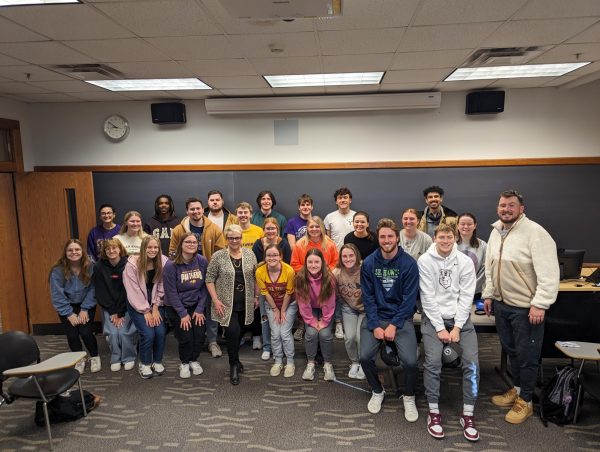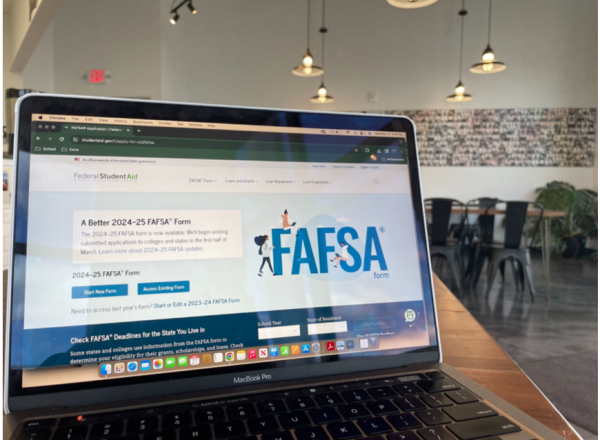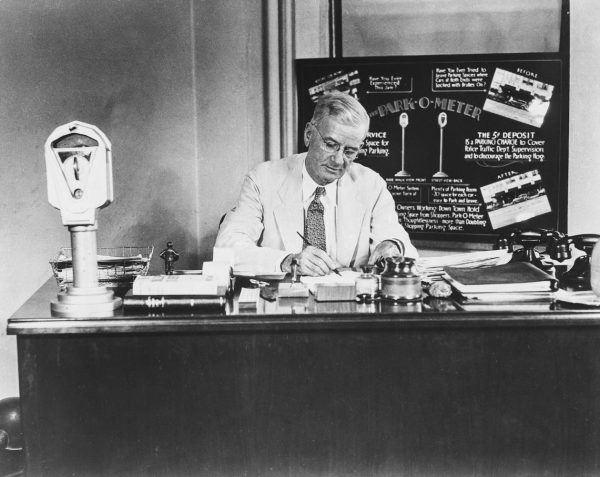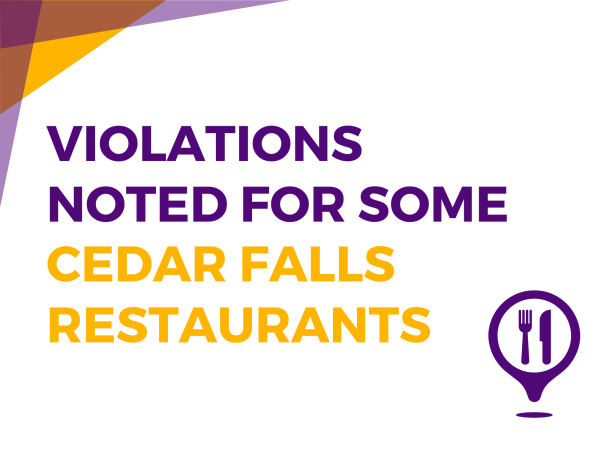UNI student debt on steady decline; enrollment to increase
Sep 28, 2015
Better financial literacy and a major-specific grant are credited with a decrease in student indebtedness. Conversely, UNI has also seen an increase in student enrollment.
Tim Bakula, associate director of Financial Aid, claims that the biggest contributing factor to decreased student debt is the private loan counseling provided to UNI students. Private loan borrowing has decreased from $15.3 million to $3.6 million over the last eight years.
The TEACH grant, offered to education majors entering high-need fields, also contributed to the debt decrease. According to Bakula, UNI ranks fourth at the national level for dollars awarded for the TEACH grant, with a total of $1.7 million dollars was distributed amongst the 488 students who were awarded this grant last year.
Bakula said that financial literacy initiatives on campus, such as the Live Like a Student courses, have made an impact on the decrease of student loan indebtedness.
Bakula believes UNI has seen a cultural shift in terms of student loans, where student awareness has increased. Outside of financial aid assistance, he feels the media plays a strong role in this awareness.
“I think the media [discussing student debt], even if it is scaring some students into thinking about it, that’s a good thing,” said Bakula.
The final factor Bakula brought up is the amount of time the student spends in school. According to Bakula, this is a big driving factor in how much they borrow. Although some programs are a little longer in nature, Bakula advises students to finish their degree within four years.
While student debt at UNI has been decreasing, student enrollment is on the rise.
Recent enrollment figures show the university is up 53 students from last fall, with a total enrollment of 11,981 students according to Matt Kroeger, associate vice president for enrollment management.
Kroeger said the number of new freshman is up approximately seven percent this year. There has also been an increase of 75 new transfer students compared to last year, with a current total of 979 transfers, according to Kroeger.
“We’ve been more aggressive in the marketing and advertising front,” said Kroeger. “We’ve been more present by means of getting out and about across the state of Iowa.”
According to Kroeger, UNI has been spending more money to recruit students by holding events such as UNI Days, held at community colleges across the state, and Panther Open Houses. The funding for these events comes from the university’s general appropriation money, said Kroeger.
Kroeger said that another contributing factors to the growing enrollment rate may be the growing number of high school graduates.
Because incoming freshmen at UNI are predominately residents of Iowa, Kroeger anticipates continual enrollment growth over the next decade, as the number of Iowa high school graduates continues to rise.



